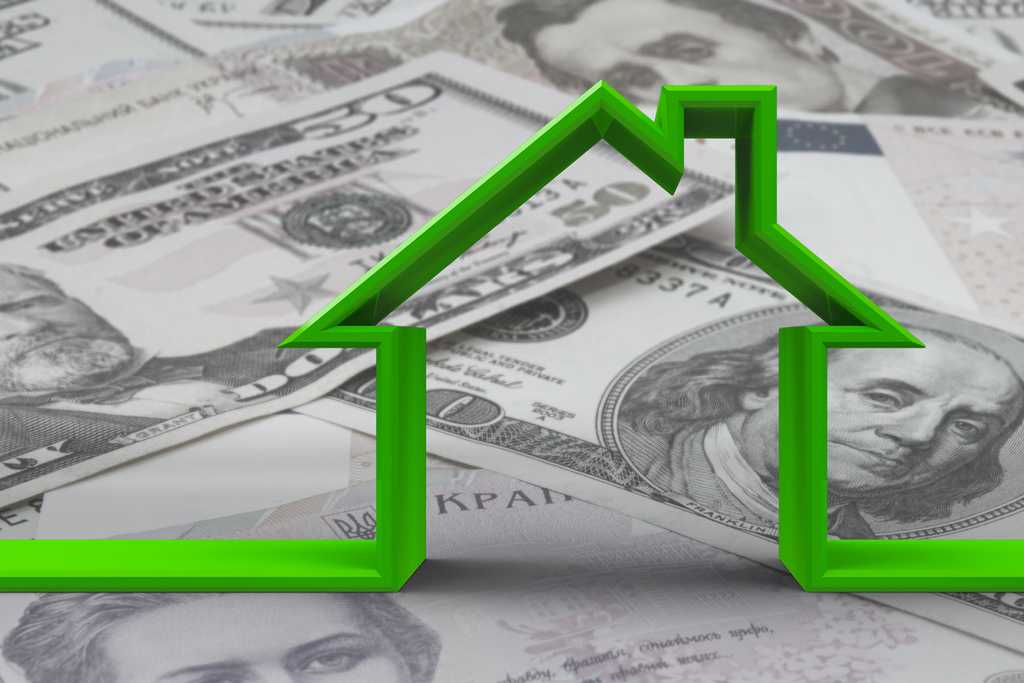Many Americans have flexible financing arrangements, loosely referred to as a line of credit. Credit cards are the most common example, but there are others. How do they work, and what are the benefits and limitations?
What Is a Line of Credit?
A line of credit is essentially a revolving financial arrangement that mixes a fixed credit limit with variable loan balances, interest rates, and payment amounts.
Perhaps the best example of a line of credit is a credit card, though it’s hardly the only type of line. The bank gives you a certain credit limit, which you are then free to borrow against, with monthly payments based on the amount of credit outstanding.
A line of credit can be either secured or unsecured and can contain more features than a traditional loan.
How Does a Line of Credit Work?
When you apply for a line of credit, the lender will give you a fixed credit limit. Though the interest rate will be disclosed upfront, none will accrue unless you access the balance.
For example, if you’re approved for a credit line of $5,000 and you borrow $1,000 against it, interest will be charged only on the outstanding balance. No interest will be charged on the $4,000 unused portion of the credit line.
A line of credit is open-ended, unless terminated by the borrower or the lender, or if the borrower files for bankruptcy or otherwise violates the terms of the arrangement.
Interest Rates and Fees
With most lines of credit, the interest rate is variable, and may change many times over the life of the arrangement.
The interest rate structure, which is disclosed upfront, usually involves a combination of an objective basis rate, plus a margin which is set by the lender.
A common base rate with lines of credit is the prime rate. Currently sitting at 3.25%, the prime rate is a widely recognized index for lenders nationwide. However, individual banks and other lenders may set their own prime rate.
If the margin on a line of credit is 10%, the effective rate paid by the borrower will be 13.25%. The interest rate will change any time there’s an adjustment in either the prime rate, the lender’s margin, or both.
Because the outstanding balance on a line of credit changes the monthly payment will be as well. For example, the monthly payment on a $1,000 outstanding balance will be half that of a $2,000 balance. A change in the interest rate can also change the monthly payment.
The borrower is able to both lower the monthly payment and restore the credit line as payments are made on the outstanding balance.
Some lines of credit, like home equity lines, may require upfront closing costs. Credit cards typically don’t have this requirement, but both line types often have annual fees.
Types of Credit Lines
For consumers, there are two basic types of credit lines: secured and unsecured. Each has its own terms, as well as advantages and disadvantages.
As the name implies, secured lines of credit are collateralized by an asset you own. The lender not only uses the collateral in making the loan decision, but normally charges a lower rate of interest than it would on an unsecured line.
Unsecured credit lines are the exact opposite. You’re granted a revolving line of credit based on your income and credit score alone. However, since no collateral is required, the interest rate charged will be higher than it would be on a secure credit line. The higher rate reflects the lender’s increased risk on unsecured lines.
Secured Credit Line Examples
A home equity line of credit, or HELOC, is a credit line secured by the available equity in your home. The typical range for HELOC interest rates is 3.25% to 7.94%.
If your home is worth $300,000, the lender will extend credit against it for up to 85% of its value, less any outstanding first mortgage balance.
For example, 85% of a $300,000 value is $255,000. If the first mortgage balance is $200,000, the bank will grant the HELOC for $55,000 ($300,000 X 85% – $200,000).
HELOCs usually come with what’s known as a draw period. That’s the time during which you may access the line of credit. If a HELOC has a full term of 20 years, the draw may last for the first 10. During that time, you’ll be able to freely access the line, but typically pay interest only on the outstanding balance.
Once the draw period ends, the loan will become fully amortizing, and fully paid off at the end of 20 years.
Another category of credit lines are secured credit cards. Designed for people who either have poor credit or no credit at all, the lender will issue a credit card secured either by a deposit or a savings account with the bank.
Your credit limit will be determined by the size of your deposit or savings account. The credit card will work like unsecured credit cards, and the bank will report your on-time payments to the three credit bureaus, giving you an opportunity to build or improve your credit score. The bank may release the collateral after a certain amount of time with a satisfactory payment history.
The good news is that interest rates on unsecured credit cards are generally comparable to those of unsecured credit cards (see below).
Unsecured Credit Line Examples
The most common type of unsecured credit line is a credit card. These are open ended credit arrangements, where the lender approves a certain credit limit, which you’re free to access and repay within the terms of the agreement.
Monthly payments are commonly equal to approximately 2% of the outstanding credit line balance. Interest rates are variable and set by the bank. The average interest rate on unsecured credit cards is 19.55%, with a range between 15.89% and 23.21%.
Another type of unsecured credit line is a personal loan. Some banks and credit unions will extend revolving lines of credit to their customers, typically those with excellent credit and an established history with a bank.
The terms of this type of loan will vary with each lender and each borrower’s financial profile. But you can generally expect a personal revolving credit line to have a variable interest rate.
Pros and Cons of Credit Lines
Pros:
- Access funds when needed, without having to apply for a new loan.
- Interest accrues only on the portion of the credit line you have outstanding.
- Low monthly payments compared with traditional loans.
- No collateral required on unsecured credit lines.
- Secured credit lines often carry lower interest rates than traditional loans, like personal loans.
Cons:
- Variable interest rates that have the potential to increase to uncomfortable levels.
- High interest rates on unsecured lines of credit.
- Unsecured credit lines require good or excellent credit.
- HELOCs have a limited draw period, after which you can no longer access the line.
- A lender can increase the interest rate on your credit line, or even freeze the line, if your credit score declines seriously.
- Credit lines can cause you to overspend due to easy accessibility.
Credit Line vs. Credit Limit
The two terms, credit line and credit limit mean the same thing. But each applies to a different type of loan arrangement.
“Credit line” is commonly used in connection with HELOCs or business lines of credit (LOCs). “Credit limit” is the term used with credit cards.
Each term describes the maximum funds a borrower can access under a credit line arrangement.
Bottom Line
A line of credit is a valuable financial tool that can be used to cover short-term expenses. Properly used, they can provide you with financial flexibility, and even an opportunity to improve your credit score with consistent on-time payments.

